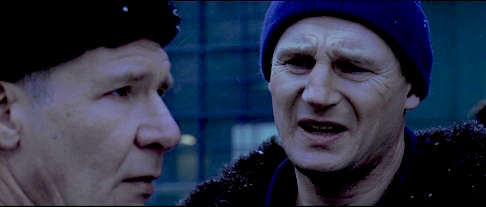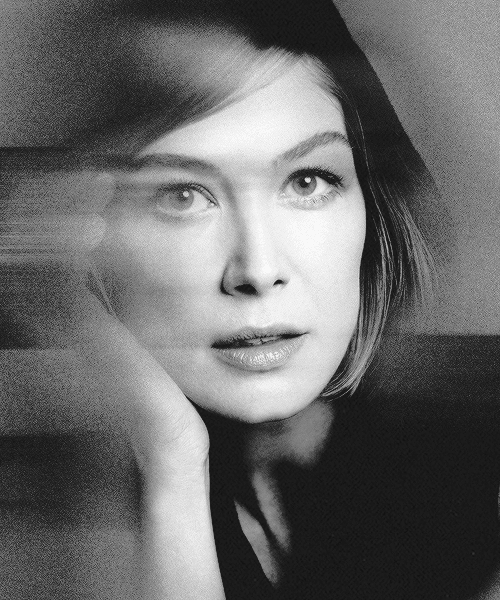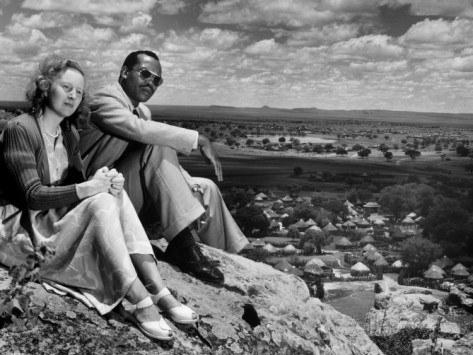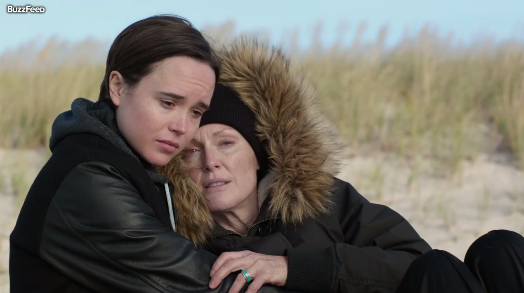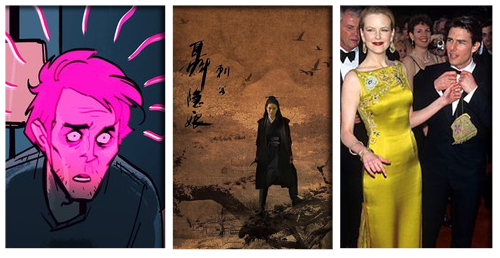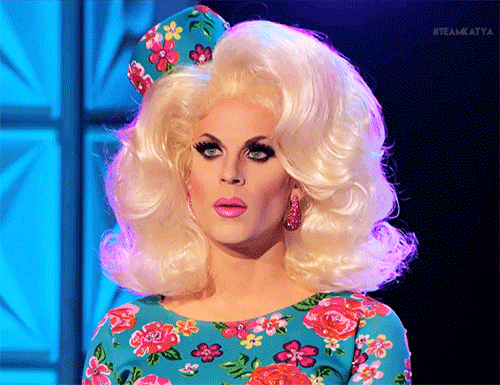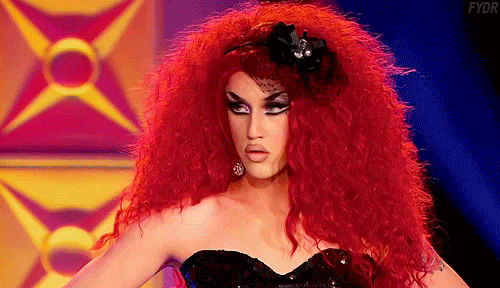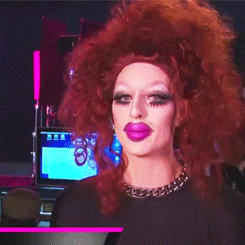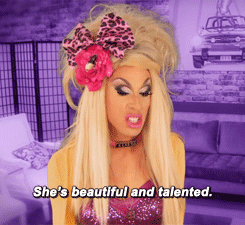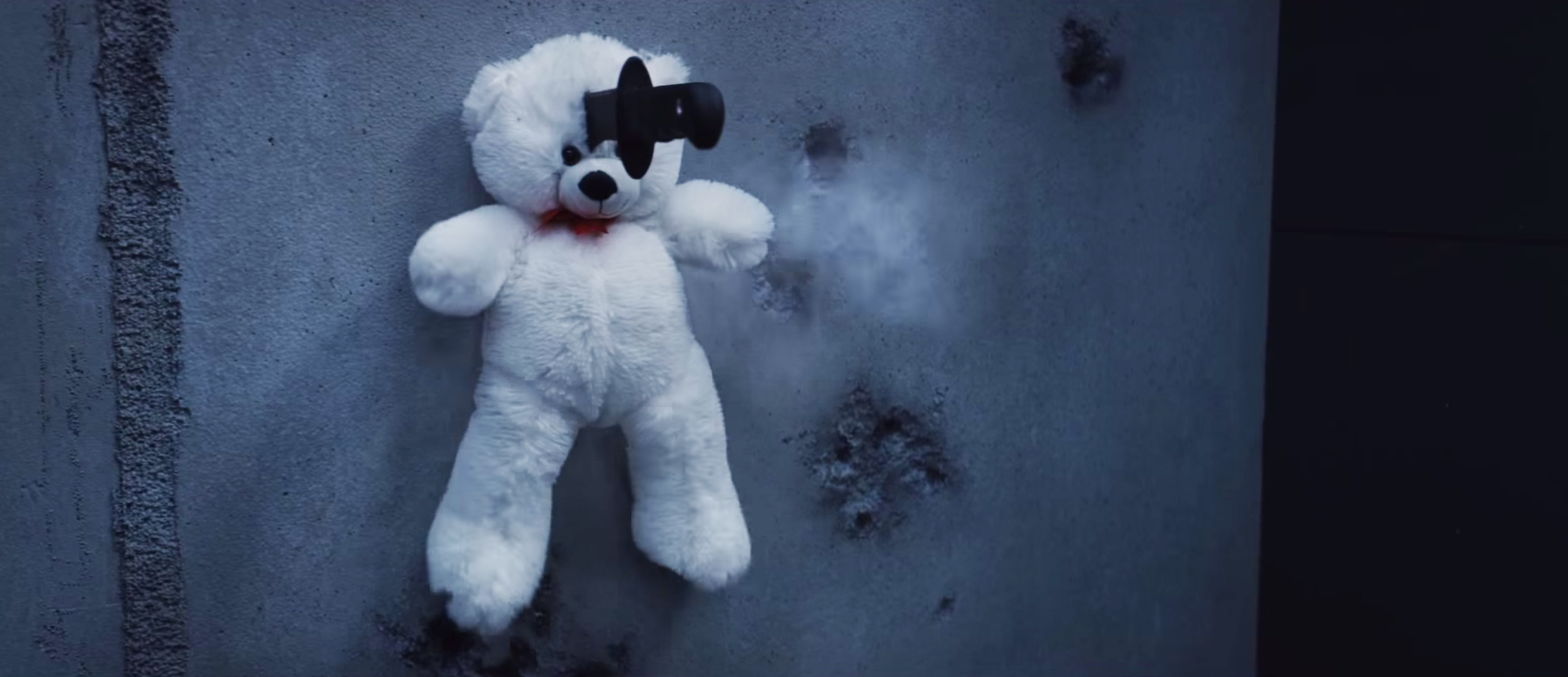Women's Pictures - Kathryn Bigelow's K-19: The Widowmaker
 Thursday, July 23, 2015 at 3:12PM
Thursday, July 23, 2015 at 3:12PM Anne Marie's 'Women's Pictures series' continues with July's subject Kathryn Bigelow...
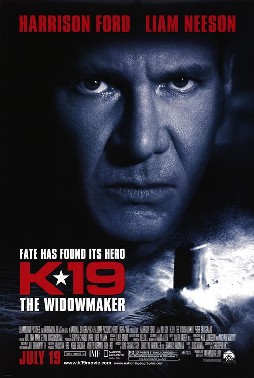 Films about the Cold War are an unusual bunch. Whereas most war movies have a streak of jingoism necessary to the action ("fight the enemy, kill the enemy, win the war for God and country!"), the point of films about the Cold War - barring any alternate realities - is to actually avoid conflict. Men in these movies are forever preparing for war, even as they frantically try to prevent it. Instead of fighting soldiers, men fight bureaucracy, accidents, and misinformation. Done poorly, these films can feel like a trip to the DMV: too much paperwork and waiting in line. Done well, the looming cloud of Doomsday can overshadow even the most seemingly insignificant decision. There may be no genre more anti-war than the Cold War Film.
Films about the Cold War are an unusual bunch. Whereas most war movies have a streak of jingoism necessary to the action ("fight the enemy, kill the enemy, win the war for God and country!"), the point of films about the Cold War - barring any alternate realities - is to actually avoid conflict. Men in these movies are forever preparing for war, even as they frantically try to prevent it. Instead of fighting soldiers, men fight bureaucracy, accidents, and misinformation. Done poorly, these films can feel like a trip to the DMV: too much paperwork and waiting in line. Done well, the looming cloud of Doomsday can overshadow even the most seemingly insignificant decision. There may be no genre more anti-war than the Cold War Film.
K-19: The Widowmaker, Kathryn Bigelow's first war film, is a fictionalized retelling of the misfortunes onboard Russia's first K-19 nuclear submarine that nearly caused World War III. Amidst government negligence, rushed manufacturing, and political malarky, Captain Alexei Vostrikov (Harrison Ford) is assigned to captain the submarine's crew, led by the former captain, Mikhail Polenin (Liam Neeson).
Neeson & Ford's Gruff-Off after the jump...



